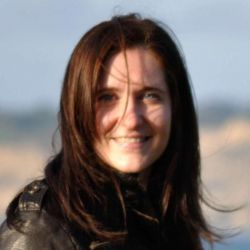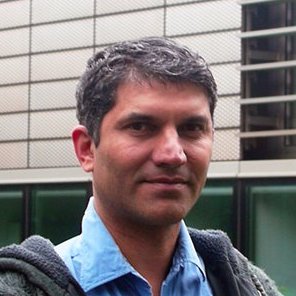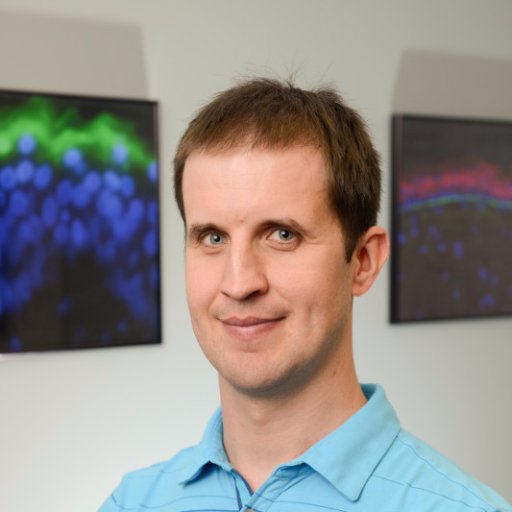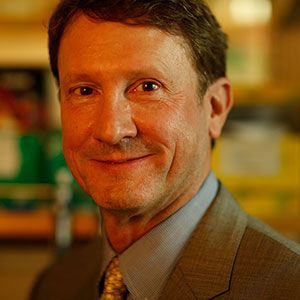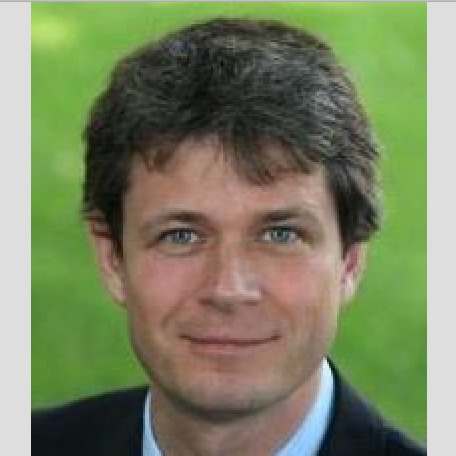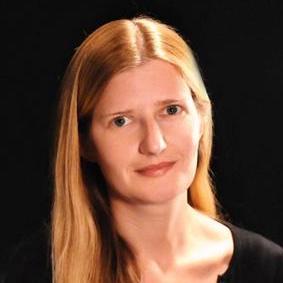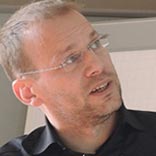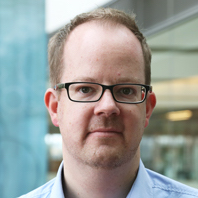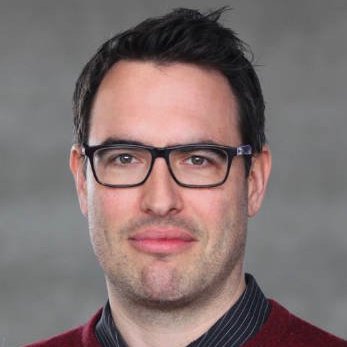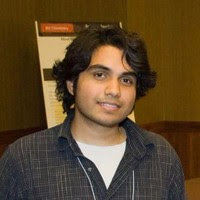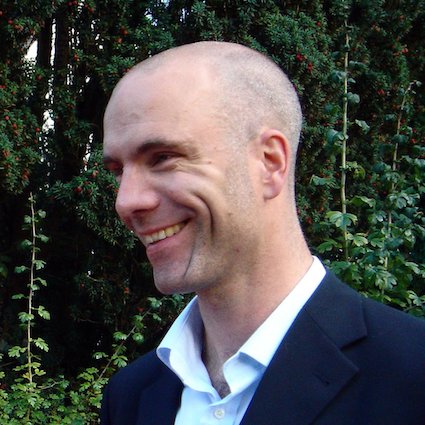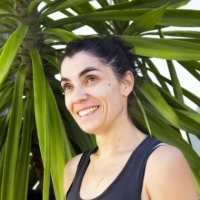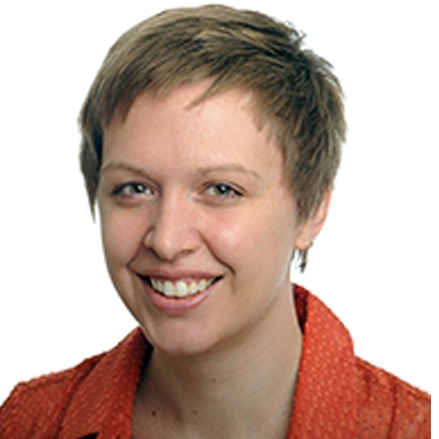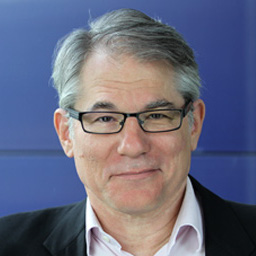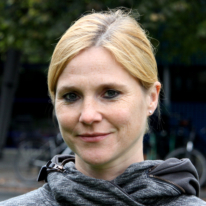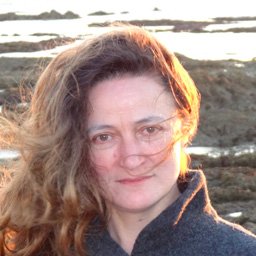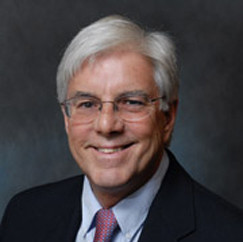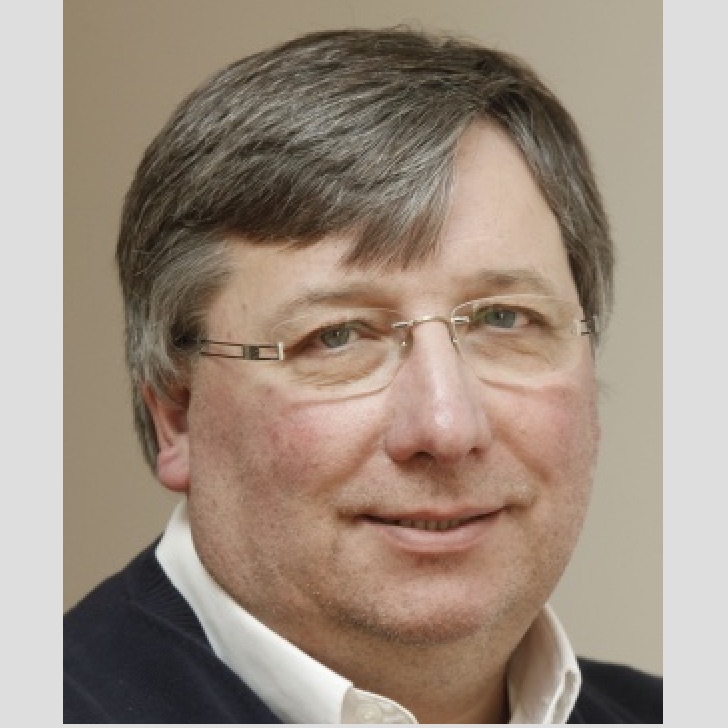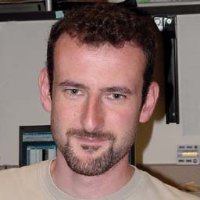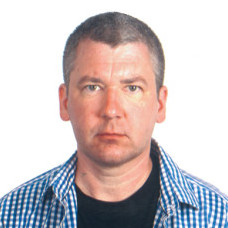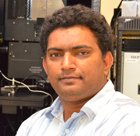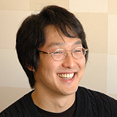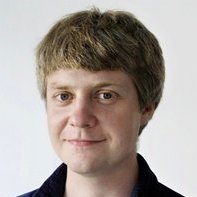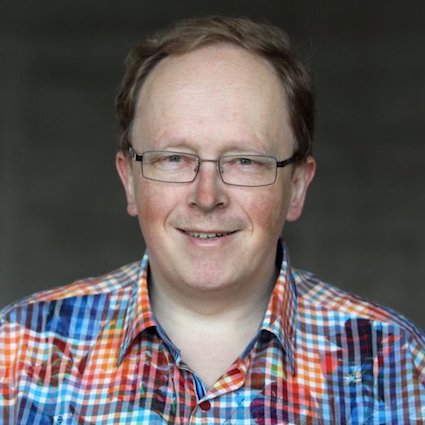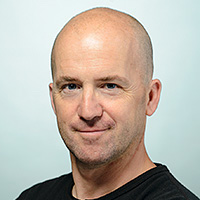About the Conference
Light sheet microscopy has emerged in the last 15 years as a powerful tool to interrogate living biological systems with unprecedented imaging speeds for as long as it takes. Large, fixed, cleared or expanded biological samples can be imaged with high resolution in a fraction of time compared to conventional microscopy approaches. When combined, the spatial coverage and temporal resolution leads to in toto recording of complex biological phenomena.
Light sheets opened entirely new windows into the inner workings of cells and organisms and re-invigorated several research fields including developmental and cell biology, physiology, neurobiology and biodiversity research. This conference marks the 10th Anniversary of Light Sheet Fluorescence Microscopy (LSFM) meetings that started in 2009 in Dresden. It will bring together the technology developers and users of light sheets, showcase the latest light sheet set-ups and how to best deploy them for the benefit of the biological research community.
A unique feature of the conference is that it immediately follows the 3rd EMBO practical course on light sheet microscopy held in Dresden between August 2nd and 11th 2018. This course teaches light sheet microscopy to the next generation of scientists who will present the results of their light sheet experiments at the conference. Additionally, a full range of commercial light sheet microscopy hardware used at the course will be demonstrated at the conference.
Registration Deadline
July 6st, 2018
Abstract Submission Deadline
July 6th, 2018
Our Amazing Speakers
Programme
Print it!Day
Time / Session
Speaker / Title
Day 1 - Sunday, August 12
16:00 - 18:00
Registration
18:00 - 18:10
Welcome from the Managing Director of MPI-CBG
Gene Myers
18:10 - 18:30
Retrospect on 10 years of LSFM meetings
Pavel Tomancak, Emmanuel Reynaud
18:30 - 20:00
Reception at MPI-CBG
20:00 - 21:30
Reunion of the LSFM community: Latest achievements
Day 2 - Monday, August 13
09:00 - 10:30
Session 1: Light sheet hardware I
09:00 - 09:15
Invited talk 1
Ernst Stelzer
Resolution and applications of LSFM in the life sciences
09:15 - 09:30
Invited talk 2
Elizabeth Hillman
Applications and extensions of SCAPE microscopy
09:30 - 09:45
Invited talk 3
Scott Fraser
Adding Dimensions to Light Sheet Imaging
09:45 - 10:00
Selected talk 1
Petr Strnad
Dual illumination inverted light sheet microscope for long term live imaging
10:00 - 10:15
Selected talk 2
Fabian Voigt
The mesoSPIM initiative – open-source light-sheet microscopes for imaging in cleared tissue
10:15 - 10:30
Selected talk 3
Jonathan Nylk
Single- and multi-photon shaped illumination for light-sheet fluorescence microscopy
10:30 - 11:15
Coffee break
11:15 - 12:45
Session 2: Light sheet hardware II
11:15 - 11:30
Invited talk 4
Jan Huisken
Flamingos for you and me
11:30 - 11:45
Invited talk 5
Rainer Heintzmann
Lightwedge and Lightsheet-Raman Microscopy
11:45 - 12:00
Invited talk 6
Rita Strack
Light sheet microscopy in Nature Methods
12:00 - 12:15
Selected talk 4
Hans-Ulrich Dodt
Fast nearly isotropic imaging of large samples with light sheets beyond the diffraction limit
12:15 - 12:30
Selected talk 5
Moritz Kreysing
Focused-light-induced cytoplasmic streaming (FLUCS). A new paradigm to probe the physiology on intracellular transport.
12:30 - 12:45
Invited talk 7
Francesca Cella Zanacchi
High resolution and quantitative super-resolution microscopy: from cells to tissue imaging
12:45 - 14:00
Lunch in the MPI-CBG canteen
14:00 - 15:00
Techno-bites: Short talks from companies
14:00 - 14:05
Techno-bite 1
ZEISS
Lightsheet Z.1 – The Original.
14:05 - 14:10
Techno-bite 2
LaVision BioTec
Cleared tissue imaging
14:10 - 14:15
Techno-bite 3
Applied Scientific Instrumentation
ASI makes DIY light sheet easy
14:15 - 14:20
Techno-bite 4
Intelligent Imaging Innovations GmbH
Imaging Life with 3i LightSheet Systems
14:20 - 14:25
Techno-bite 5
Leica
SP8 DLS – Leica`s Lightsheet on a Confocal at a glance
14:25 - 14:30
Techno-bite 6
Luxendo
Luxendo Light-Sheet Microscopes: Seeing Life from a Different Angle
14:30 - 14:35
Techno-bite 7
PhaseView
Alpha3, a new generation of light sheet microscope
14:35 - 14:40
Techno-bite 8
ANDOR/Bitplane
Quantitative 3D and 4D image analysis for Light Sheet Microscopy in Imaris
14:40 - 14:45
Techno-bite 9
PCO
To cool or not to cool? How cooling influences the performance of sCMOS-cameras
14:45 - 14:50
Techno-bite 10
Hamamatsu
Extended Focus Device
14:50 - 14:55
Techno-bite 11
Acquifer
Large Image Data Solutions by Acquifer
15:00 - 17:00
Company demos and poster session I
17:00 - 18:30
Session 3: Image analysis of light sheet data
17:00 - 17:15
Invited talk 8
Gene Myers
Different Rigs for Different Gigs
17:15 - 17:30
Invited talk 9
Lars Hufnagel
Bioimaging information: combining light sheet imaging with single cell transcriptomics
17:30 - 17:45
Invited talk 10
Florian Jug
Content-Aware Image Restoration and Quantitative Downstream Analysis
17:45 - 18:00
Selected talk 6
Bevan Cheeseman
Towards next generation imaging pipelines using the Adaptive Particle Representation.
18:00 - 18:15
Selected talk 7
Kaushikaram Subramanian
Light propagation in retinal tissue and in silico
18:15 - 18:30
Selected talk 8
David Hörl
BigStitcher: Reconstructing high-resolution image datasets of cleared and expanded samples
18:30 - 20:00
Dinner at MPI-CBG
20:00 -
Poster session II
Day 3 - Tuesday, August 14
09:00 - 10:30
Session 4: Sample preparation, clearing and expansion
09:00 - 09:15
Selected talk 9
Tobias Pietzsch
Mastodon -- a large-scale track-editing framework for light sheet data
09:15 - 09:30
Selected talk 10
Carsten Wolff
Cellular basis of limb morphogenesis: lessons from the crustacean Parhyale hawaiensis
09:30 - 09:45
Invited talk 11
Hiroki Ueda
Whole-body/organ Cell Profiling by a Hydrophilic Tissue-clearing method, CUBIC
09:45 - 10:00
Selected talk 11
Jan Peychl
12 years with Light Sheet Microscopy in core imaging facilities on Dresden campus
10:00 - 10:15
Invited talk 12
Jim Swoger
Attenuation Artifacts in LSFM Corrected by OPTiSPIM
10:15 - 10:30
Selected talk 12
Stephan Daetwyler
Multi-sample SPIM image acquisition, processing and analysis of embryonic zebrafish vasculature
10:30 - 11:15
Coffee break
11:15 - 12:45
Session 5: Neurobiology applications of light sheet microscopy
11:15 - 11:30
Invited talk 13
Raju Tomer
Light sheet theta microscopy for quantitative imaging of large cleared samples.
11:30 - 11:45
Invited talk 14
Caren Norden
Photoreceptors catching the light(sheet): Fate, movements and lamination
11:45 - 12:00
Selected talk 13
Marija Matejcic
A non-cell autonomous actin redistribution enables isotropic retinal growth
12:00 - 12:15
Selected talk 14
Nikita Vladimirov
Brainwide optical circuit interrogation guided by online analysis of neuronal function
12:15 - 12:30
Selected talk 15
Emilio J Gualda
High-Throughput LSFM Imaging Of 3D-3-Culture Models To Unveil Macrophage Plasticity In The Tumour Microenvironment
12:30 - 12:45
Selected talk 16
Jonathan Taylor
Hybrid Optically-Gated Light Sheet Microscopy Allows Long-term Timelapse Imaging in the Developing Zebrafish Heart
12:45 - 14:00
Lunch in the MPI-CBG canteen
14:00 - 16:00
Company demos and poster session III
16:00 - 16:45
Presentations of EMBO practical course teams (4 teams 10 minutes each)
16:00 - 16:10
EMBO course
Team 1
Ernstigators
16:10 - 16:20
EMBO course
Team 2
Guide Stars
16:20 - 16:30
EMBO course
Team 3
Light Benders
16:30 - 16:40
EMBO course
Team 4
You SPIM Me (Baby)
17:00 - 18:30
Session 6: Cell biology applications of light sheet microcopy
17:00 - 17:15
Invited talk 15
Srigokul Upadhyayula
In Vivo Cellular Dynamics imaged using Adaptive Optics Lattice Light Sheet Microscopy
17:15 - 17:30
Invited talk 16
Christian Conrad
Imaging organoids in diSPIM
17:30 - 17:45
Invited talk 17
Reto Fiolka
Light-sheet microscopy at high spatiotemporal resolution
17:45 - 18:00
Selected talk 17
Miroslav Ovecka
Light sheet fluorescence microscopy in plant developmental imaging
18:00 - 18:15
Selected talk 18
Lars Hubatsch
Interplay between cell size and cell polarity
18:15 - 18:30
Selected talk 19
Chris Dunsby
High content 3-D light sheet microscopy in 96 and 384-well plate formats applied to study cancer cell size, and invasiveness and morphology in 3D matrices
18:30
Bus transfer from MPI-CBG
19:00 - 20:30
Conference dinner
20:30 - 23:00
Strengthening the LSFM community: The future of LSFM
Day 4 - Wednesday, August 15
09:00 - 10:30
Session 7: Developmental biology applications of light sheet microscopy
09:00 - 09:15
Invited talk 18
Nadine Peyrieras
3D+time imaging of developing embryos for the reconstruction of their cell lineage
09:15 - 09:30
Invited talk 19
Willy Supatto
Exploring a new contrast mechanism for light-sheet microscopy: fast harmonic generation imaging
09:30 - 09:45
Invited talk 20
Katie McDole
Imaging and dynamic analysis of the post-implantation mouse embryo at the cellular level using light-sheet microscopy
09:45 - 10:00
Selected talk 20
Stefan Muenster
The Physics of Blastoderm Flow during Early Gastrulation of Tribolium castaneum
10:00 - 10:15
Selected talk 21
Robert Haase
Smart adaptive multi-sample imaging for multi-view light sheet microscopy – when the microscope decides what to look at
10:15 - 10:30
Selected talk 22
Vikas Trivedi
Imaging axial emergence though self-organization in embryonic organoids.
10:30 - 11:15
Coffee break
11:15 - 12:45
Session 8: Miscellaneous applications of light sheet microscopy
11:15 - 11:30
Invited talk 21
Philippe Laissue
Imaging photosensitive reef-building corals
11:30 - 11:45
Invited talk 22
Daniel von Wangenheim
Root organogenesis is biased towards the availability of water
11:45 - 12:00
Selected talk 23
Douglas Shepherd
Molecular mapping of developmental disease progression using HiTS-FAST
12:00 - 12:15
Selected talk 24
Joerg Mansfeld
Conditional control of fluorescent protein degradation by an auxin-dependent nanobody
12:15 - 12:30
Selected talk 25
Raghuveer Parthasarathy
Imaging Intestinal Invasion by Vibrio cholerae, and other Stories from the Gut
12:30 - 12:45
Selected talk 23
Peter Santi
Macro LSFM with sTSLIM (scanning Thin-Sheet Laser Microscopy)
12:45 - 14:00
Lunch in the MPI-CBG canteen
14:00 - 15:00
Closing of the workshop
Registration
Student/Postdoc/Academic
250 EUR
Industry
600 EUR
Registration Deadline
July 6st, 2018
Abstract Submission Deadline
July 6th, 2018
Contact Us
Christina Kuss
+49-351-210-2805
Sandy Schneider
+49-351-210-2756
Organizers
Location
Max Planck Institute of Molecular Cell Biology and Genetics
Accommodation
Participants are expected to book and pay their own accommodation and travel expenses. Some rooms have been reserved at our partner hotels, allowing participants to choose a suitable hotel at a discounted rate.
Gewandhaus Dresden
Ringstraße 1
01067 Dresden
Single room (incl. breakfast) 72 EUR
Available until 13 July
Hotel Am Blauen Wunder
Loschwitzer Straße 48
01309 Dresden
Single room (incl. breakfast) 78 EUR
Available until 30 June
Hotel Pension Andreas
Prellerstraße 18
01309 Dresden
reservierung@hotel-pension-andreas.de
Single room (incl. breakfast) 69 EUR
Double room (incl. breakfast) 89 EUR
Available until 31 May
Steigenberger Hotel de Saxe
Neumarkt 9
01067 Dresden
desaxe-dresden@steigenberger.de
Single room (incl. breakfast) 90 EUR
Double room (incl. breakfast) 149 EUR
Available until 15 June
Please use our code MPIAugust2018 when you contact one of the hotels to ensure you receive the discounted rate.
In addition, please note that the City of Dresden has effected a citywide lodging tax for non-business travellers (“Beherbergungssteuer”). In order to be exempt from this taxation you need to fill in this form and present it to the hotel upon check-in.
More information on this can be found here: https://www.dresden.de/media/pdf/infoblaetter/2017-10_Infoblatt_Gaeste_EN.pdf
Transportation
Via Plane
Dresden has a relatively small airport connected by Lufthansa to major German hubs such as Frankfurt, Munich and Düsseldorf. There is also an Air France flight from London.
Berlin Schoenefeld International airport is about 172 km from Dresden, easily reachable by regular trains or busses.
Vaclav Havel Airport Prague in the Czech Republic is another option, 160 km away, also connected by trains (about every two hours) and busses.
From the Dresden Airport, please take the train S2 available every 30 min to the train station Bahnhof-Neustadt. Then take the tram 6, direction Niedersedlitz, to the station Königsheimplatz. Cross the street and walk along Schubertstraße until you come to Pfotenhauerstraße and turn left. Our institute is at Pfotenhauerstraße 108. It is a green and blue building. It takes about 40 minutes.
Via Train
Dresden is easily reachable by train. There are two train stations in Dresden: Hauptbahnhof and Bahnhof-Neustadt.
From the main train station [Hauptbahnhof] please take the tram 10, direction Striesen, to the station Fetscherplatz. Then take the tram 12, direction Striesen, to the station Königsheimplatz. Cross the street and walk along Schubertstraße until you come to Pfotenhauerstraße and turn left. Our institute is at Pfotenhauerstraße 108. It is a green and blue building. It takes about 20 minutes.
You can also use tram 3 (Wilder Mann) or 7 (Weixdorf) and change at Pirnaischer Platz to bus 62 (Johannstadt). The terminal stop is right opposite of the Institute. It takes about 23 minutes.
From the train station Bahnhof-Neustadt take tram 6, direction Niedersedlitz, to the station Königsheimplatz. Cross the street and walk along Schubertstraße till you come to Pfotenhauerstraße and turn left. Our institute is at Pfotenhauerstraße 108. It takes about 15 minutes.
Reaching the Institute via tram or bus
Take tram 6 or 12 to the station Königsheimplatz. Walk along Schubertstraße until you come to Pfotenhauerstraße and turn left.
Alternatively, take bus 62 to Johannstadt or 64 to stop Pfotenhauerstraße.
To check the schedule of public transport use this website.
Via Car
From Berlin (north)
Leave A4 at the exit Dresden-Hellerau, which will take you onto the B 170 heading towards the city center (Zentrum). Stay on the B 170 for about 5 km until it reaches the intersection "Carolaplatz". At the next intersection turn right onto the "Albertbrücke" bridge. From now on follow the signs "Uniklinikum" to the medical clinic. Once over the bridge, you have to drive a circle in order to turn to the left, which means taking the second street to the right, then turn to the right and to the right again onto "Käthe-Kollwitz-Ufer." Follow "Käthe-Kollwitz-Ufer" and turn right into "Fetscherstraße." At the first intersection turn left into "Pfotenhauerstraße." Our institute is on the right.
From Munich/Frankfurt/Leipzig (south)
Leave Autobahn A4 at the exit Dresden-Altstadt, which will take you onto the B 6. Follow the signs to the city center (Zentrum) and stay on the B 6 for about 4 km until an intersection with a Turkish Mosque on the left side. Still following the signs to the city center (Zentrum), turn left and pass the Mosque. Follow the road which turns to the right and goes under the railway bridge. This leads you to "Uferstrasse" which takes two sharp bends (passing Semperoper opera house). Now you are on the "Terrassenufer" which takes you parallel to the river Elbe. Stay on this road following the sign "Uniklinikum." The street merges to "Käthe-Kollwitz-Ufer." Follow "Käthe-Kollwitz-Ufer" and turn right into "Fetscherstrasse." At the first intersection turn left into "Pfotenhauerstrasse." Our institute is on the right
From Prague
Follow the highway D8 going north from the Prague circle towards Aussig (Usti nad Labem) or Teplitz (Teplice) and Dresden. The highway is interrupted in the middle by the scenic Ceske Stredohori mountain for about 20 km (narrow road, follow signs for Dresden). The trip takes about two hours.
About the Area
The Max Planck Institute of Molecular Cell Biology and Genetics (MPI-CBG), founded in 1998, is one of 80 institutes of the Max Planck Society, an independent non-profit organization in Germany.
In recent years Dresden has developed at a tremendous pace into one of the leading scientific centers in the areas of cell and developmental biology, biomedicine, biophysics and bioengineering. Dresden is characterized by a vibrant international community of researchers that perform cross-disciplinary research at the highest level in state-of-the-art research centers at the Technische Universität Dresden (TUD), the Max Planck Institute of Molecular Cell Biology and Genetics (MPI-CBG), the Max Planck Institute for the Physics of Complex Systems (MPI-PKS) and several Leibniz and Fraunhofer Institutes.
Dresden is considered one of the most beautiful cities of Germany. It is located in the east of Germany in the valley of the river Elbe. Dresden is about 2.5 hrs away from Berlin as well as Prague. Being the capital of Saxony it has been a center of political and cultural life for centuries, and its skyline with the Zwinger, the Green Vault, the Painting Gallery, the castle, the Semper Opera, the Court Chapel, Taschenberg Palace, and the recently rebuilt Frauenkirche are world-famous. But the city is not only famous for its baroque architecture and beautiful surrounding landscapes. Dresden has evolved into a vivid and international scientific and industrial center and is one of the most outstanding locations for research and science in Germany with emphasis on biotechnology, nano- and microelectronics. In appreciation of this dynamic development, Dresden has been awarded the “City of Science” in 2006.
Sponsors

